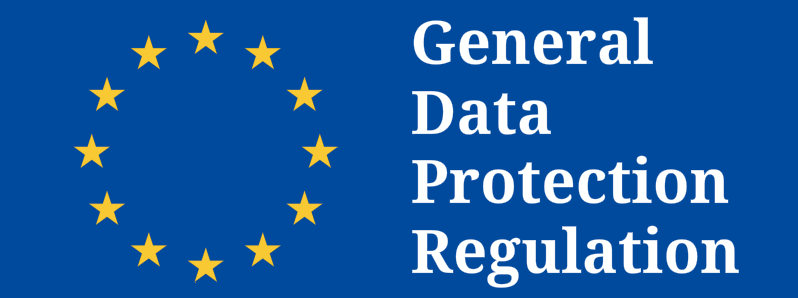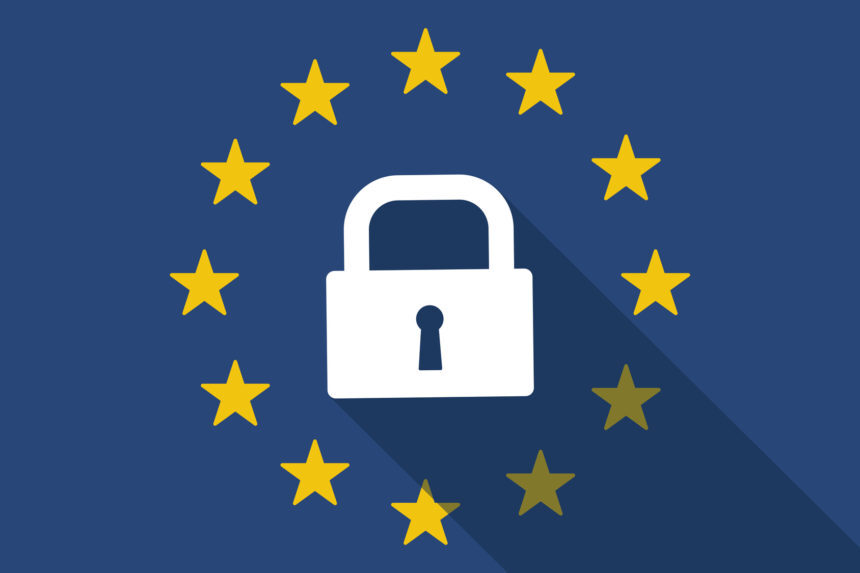With the General Data Protection Regulation (GDPR) taking effect soon, organizations can use it as a catalyst in developing digital trust.
Data breaches are increasing in scope and frequency, creating PR nightmares for the organizations affected. The more data breaches, the more news coverage that stays on consumers’ minds.
The Equifax breach and subsequent stock price fall was well documented and should serve as a warning to businesses and how they manage their data. Large or small, organizations have lessons to learn when it comes to building and maintaining digital trust, especially with GDPR looming ever closer.
Previously, we discussed the importance of fostering a relationship of trust between business and consumer. Here, we focus more specifically on data keepers and the public.
Digital Trust and The Farm Analogy
Any approach to mitigating the risks associated with data management needs to consider the ‘three Vs’: variety, velocity and volume.
In describing best practices for handling data, let’s imagine data as an asset on a farm. The typical farm’s wide span makes constant surveillance impossible, similar in principle to data security.
With a farm, you can’t just put a fence around the perimeter and then leave it alone. The same is true of data because you need a security approach that makes dealing with volume and variety easier.
On a farm, that means separating crops and different types of animals. For data, segregation serves to stop those without permissions from accessing sensitive information.
And as with a farm and its seeds, livestock and other assets, data doesn’t just come in to the farm. You also must manage what goes out.
A farm has several gates allowing people, animals and equipment to pass through, pending approval. With data, gates need to make sure only the intended information filters out and that it is secure when doing so. Failure to correctly manage data transfer will leave your business in breach of GDPR and liable for a hefty fine.
Furthermore, when looking at the gates in which data enters and streams out of an organization, we must also consider the third ‘V’ – velocity, the amount of data an organization’s systems can process at any given time.
Of course, the velocity of data an organization can handle is most often tied to how efficiently a business operates. Effectively dealing with high velocities of data requires faster analysis and times to market.
However, it’s arguably a matter of security too. Although not a breach, DDOS attacks are one such vulnerability associated with data velocity.
DDOS attacks are designed to put the aforementioned data gates under pressure, ramping up the amount of data that passes through them at any one time. Organizations with the infrastructure to deal with such an attack, especially one capable of scaling to demand, will suffer less preventable down time.
Enterprise Architecture and Harvesting the Farm
Making sure you can access, understand and use your data for strategic benefit – including fostering digital trust – comes down to effective data management and governance. And enterprise architecture is a great starting point because it provides a holistic view of an organization’s capabilities, applications and systems including how they all connect.
Enterprise architecture at the core of any data-driven business will serve to identify what parts of the farm need extra protections – those fences and gates mentioned earlier.
It also makes GDPR compliance and overall data governance easier, as the first step for both is knowing where all your data is.
For more data management best practices, click here. And you can subscribe to our blog posts here.












